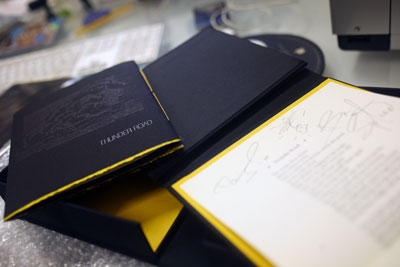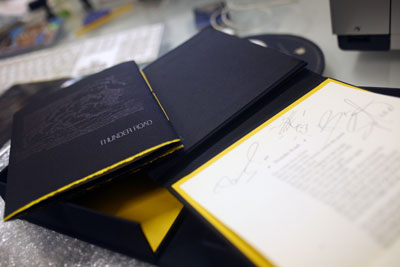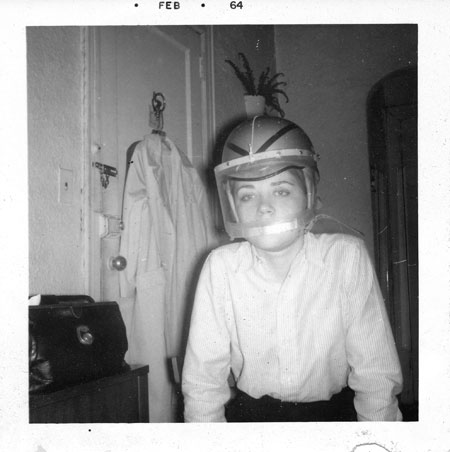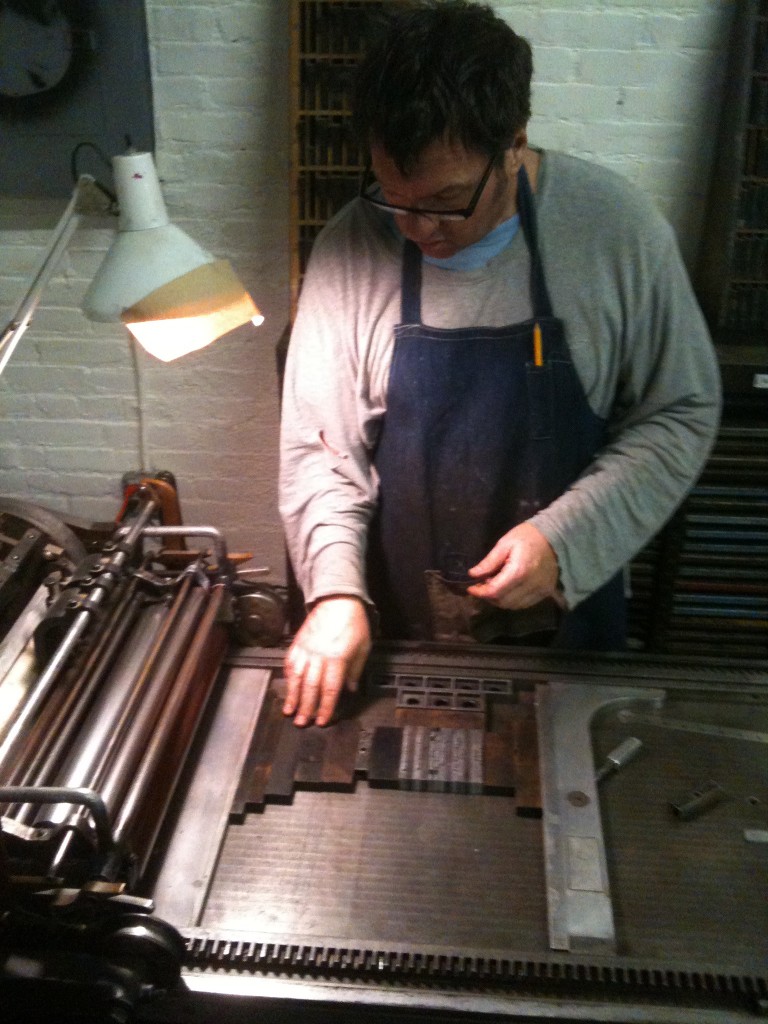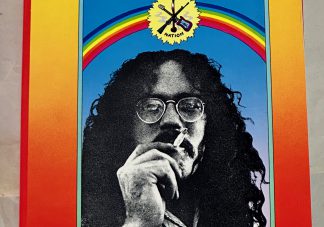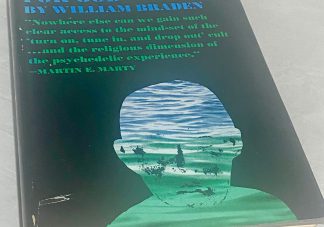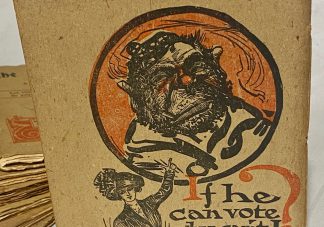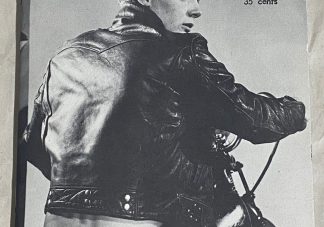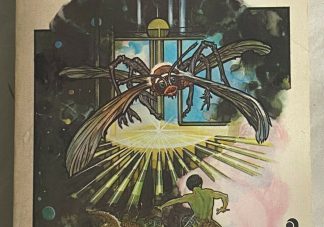synaesthesia press paperback original #1 is Steve Fisher’s Rock Salt & Glissandos: Stories and Poems.
For lack of a better term, it’s our first “real” book.
Steve Fisher is one of the co-founders of the press. He was there from the start. In fact, he named the press. In addition to being a piano tuner, he was a bookman and a writer.
Steve now functions as Guardian Angel for everything synaesthesia.
“Steve Fisher’s work reads like Jim Thompson (at his best, say, Savage Night) meets Drugstore Cowboy with Jean Genet standing outside in a freezing desert wind waiting to score. It’s a shame we can’t have more, much more — because Fisher wrote like a flaming angel genius. Maybe he was.” –Barry Gifford.
Rock Salt & Glissandos is the first of a projected series for first-book authors. Fisher’s work first started appearing in many of the country’s finest literary journals in the late 80’s; TriQuarterly #99 ran a special “Steve Fisher section”, publishing seven of the short stories that appear in this collection. Hayden’s Ferry Review called their special section of Steve’s work “Edges & Spears Outside”.
“The vitality of Steve Fisher’s sense of human presence, his great ear for the way language is emphatically, richly, meaningfully spoken in situations of intense feeling and danger, and his sheer talent as a writer make his stories among the most remarkable and memorable of our time. It is heartbreaking that he is not still here among us, able and writing. What he had to say, we need to hear, and the way he said it was completely his own.” –Reginald Gibbons, author of Sweetbitter: A Novel and Fisher’s editor at TriQuaterly.
Fisher tuned pianos for a living, scouted for and collected rare books (Charles Bukowski, Nelson Algren, and Harry Crews were a few of the authors Steve collected.) He also corresponded with Bukowski while Steve was incarcerated, and he wrote great short stories and poetry. Don’t confuse the author with the mystery writer Steve Fisher; since I’ve been telling people about this book, that seems to be the common reaction. And since there’s no living author, there’s also no book tour, no interviews, no signings or readings.
This book needs all the help it can get.
“It’s essential despair, hell on Earth in prose and poetry, all of it as real as life, caught from the viewpoint of one of the condemned. A subjective style that creates the prison world from a viewpoint of an inmate who barley mentions his feelings but makes the reader aware of his own relenting agony. I couldn’t put it down.” –Floyd Salas, author of Tattoo The Wicked Cross.
As a small press with only one “real book” to offer, the distributors are hesitant to carry this title. I don’t even want to talk about the horrors trying to sell this at Amazon.
“I decided early on that Steve Fisher was the best writer of prison life and the drug world I had ever read. He wouldn’t have liked such pigeonholing, but it is high praise indeed. He didn’t get to write as much as, say, Burroughs, but I would in all honesty rather read Steve.” –Gerald Locklin, from his introduction to Rock Salt & Glissandos.
Read this book. If you’re into drug literature, prison literature, William S Burroughs, Jean Genet, Harry Crews, Bukowski, The Beats, Nelson Algren, or Barry Gifford, you’ll love it.
